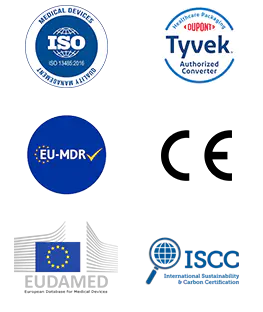Medical chemical indicator strips are specialized chemical test strips used to monitor sterilization process compliance. They visually reflect key sterilization parameters (such as temperature, time, and steam or gas concentration) through color or morphological changes. They are a type of medical chemical indicator and are typically designed in strip form, conveniently placed inside or attached to a device package for rapid verification.
1. Functions of Medical Chemical Indicator Strips
Rapid Verification: Immediately determine sterilization compliance through a color change (without waiting for biological culture results).
Targeted Monitoring: Placed in the most challenging locations in the device package (such as lumens and crevices) to ensure adequate penetration of the sterilant (such as steam or ethylene oxide).
Infection Control: Avoid the use of substandard sterilized items and reduce the risk of nosocomial infections.
How It Works
Indicator strips contain heat-sensitive, moisture-sensitive, or chemically active substances that undergo an irreversible reaction under specific sterilization conditions, such as:
Color change (e.g., off-white to black, blue to green). Appearance/disappearance of streaks (e.g., progressive changes in multi-parameter indicator bars).
Ink bleeding (e.g., ethylene oxide indicator bars).

2. Instructions
Placement:
General instrument packs: Place in the center of the pack or in the most challenging area to sterilize (e.g., between layers of fabric).
Luminal instruments: Insert into the instrument (e.g., laparoscopic cannulas).
External markings: Some indicator strips can be affixed to the outside of the pack (similar to sterilization tape, but with greater precision).
Post-sterilization inspection:
Compare the indicator strip to a standard color chart to confirm that the color change meets the specified requirements (e.g., Class 5 requires complete blackening).
Recording and handling:
Pass: Records are archived and the instrument is safe for use.
Fail: Re-sterilize and investigate the cause (e.g., sterilizer malfunction, improper packaging).
3. Storage conditions of medical chemical indicator strips
| Factors | Requirements | Impact of Improper Storage |
| Temperature | 15°C to 30°C (Avoid extreme high or low temperatures) | High temperatures may prematurely activate the chemical, while low temperatures may delay the reaction. |
| Humidity | Relative humidity ≤ 70% (moisture-proof) | Excessive humidity may cause the indicator strip to become damp, discolor, or stick. |
| Light | Store away from light (especially UV rays and direct sunlight). | Light may accelerate chemical degradation. |
| Ventilation | Store in a dry, well-ventilated environment (avoid confined, humid spaces). | Humid environments may cause mold and failure. |
| Chemical Contamination | Keep away from volatile chemicals such as disinfectants and organic solvents. | Chemical contamination may cause false positive or false negative reactions. |

 English
English Français
Français Deutsch
Deutsch Nederlands
Nederlands


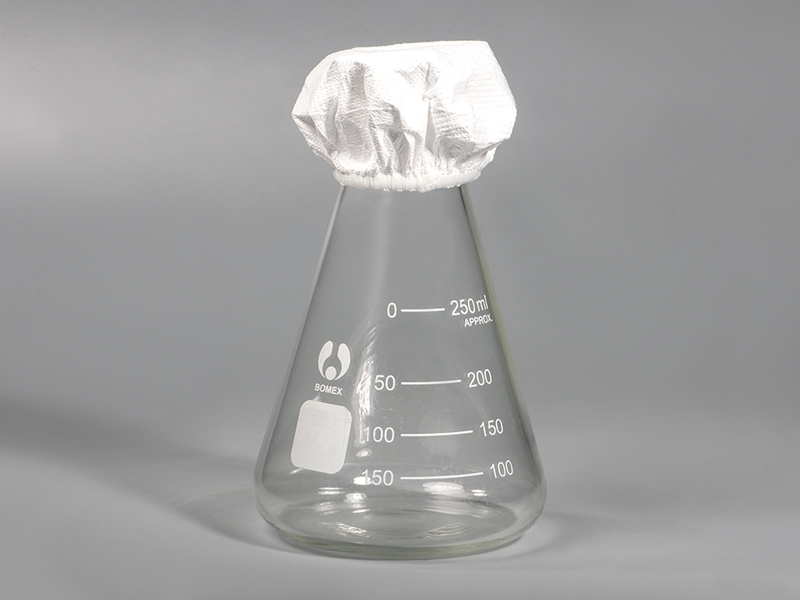
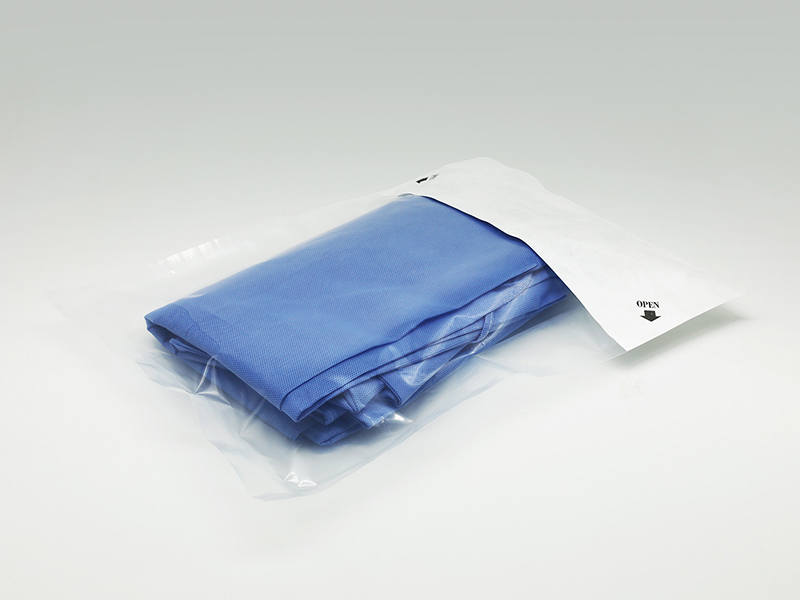



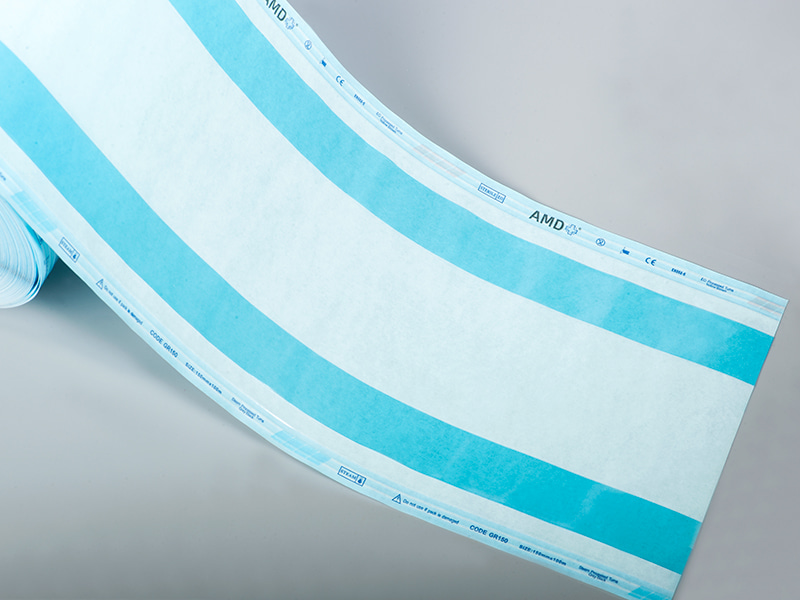
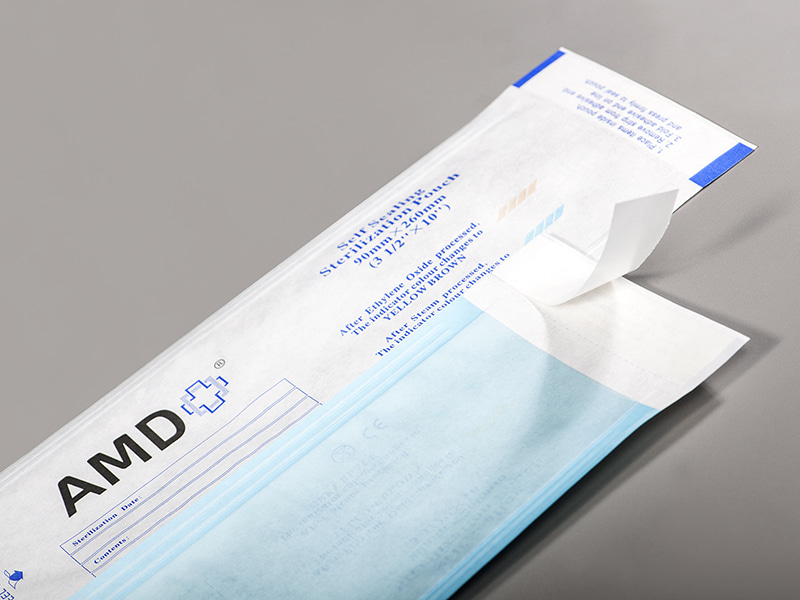
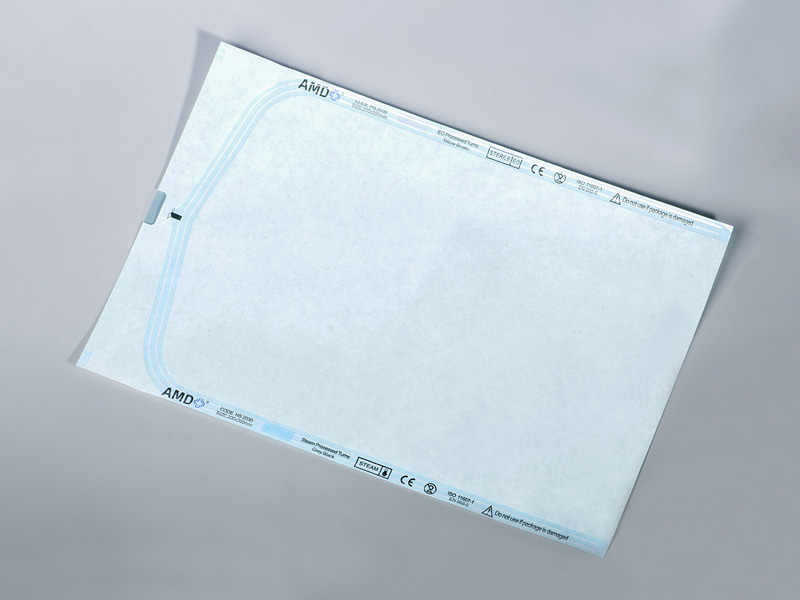
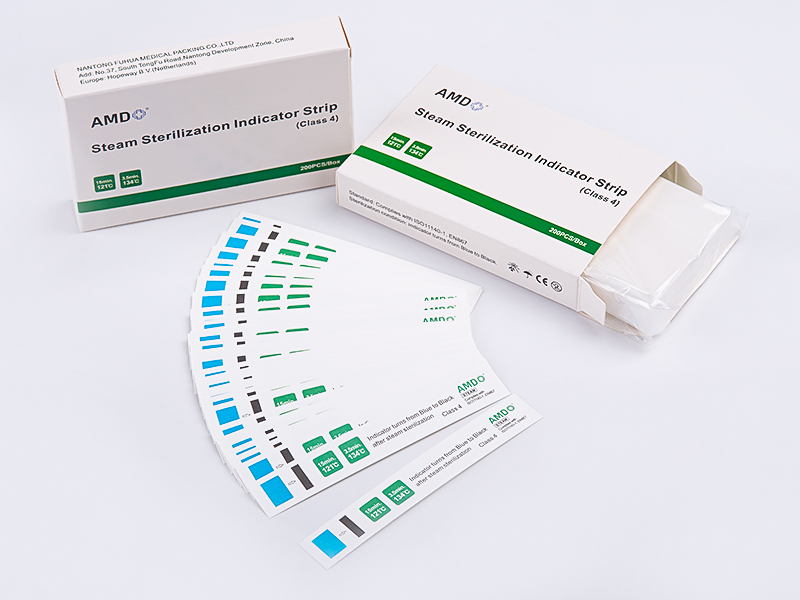
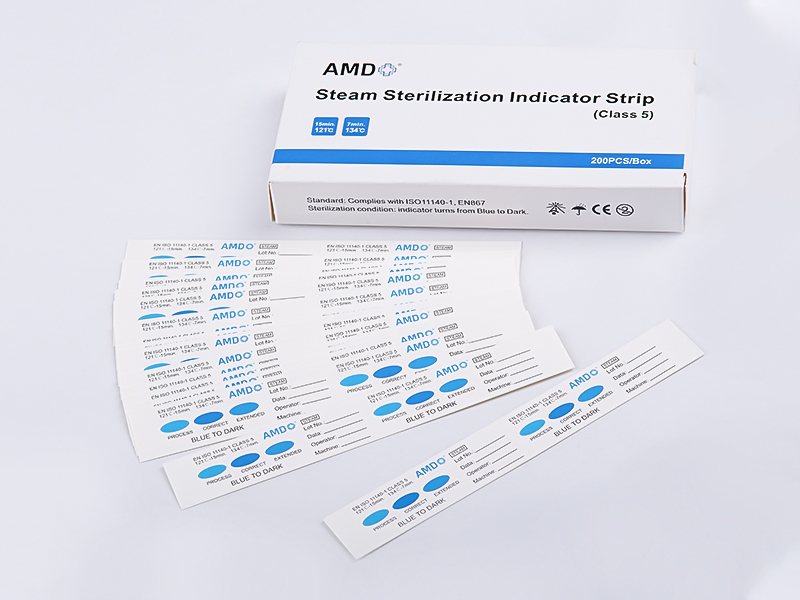

 ‘s-Gravenweg 542, 3065SG RotterdamThe Netherlands
‘s-Gravenweg 542, 3065SG RotterdamThe Netherlands
 +31 (0)10 254 28 08
+31 (0)10 254 28 08
